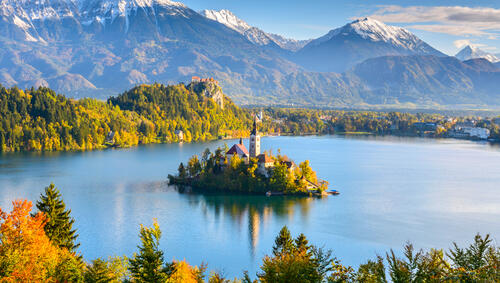Europe is home to some of the most stunning lakes anywhere in the world. These paradisiacal bodies of water offer a sense of calmness and serenity, attracting boaters, swimmers, and sunbathers who flock to experience the lakes for themselves. While pictures may provide a glimpse of how majestic these lakes are, their beauty is best experienced in person. So grab a bathing suit and a plane ticket, because summer weather makes it the perfect time to visit. Here are six of the best European lakes.
Lake Como, Italy
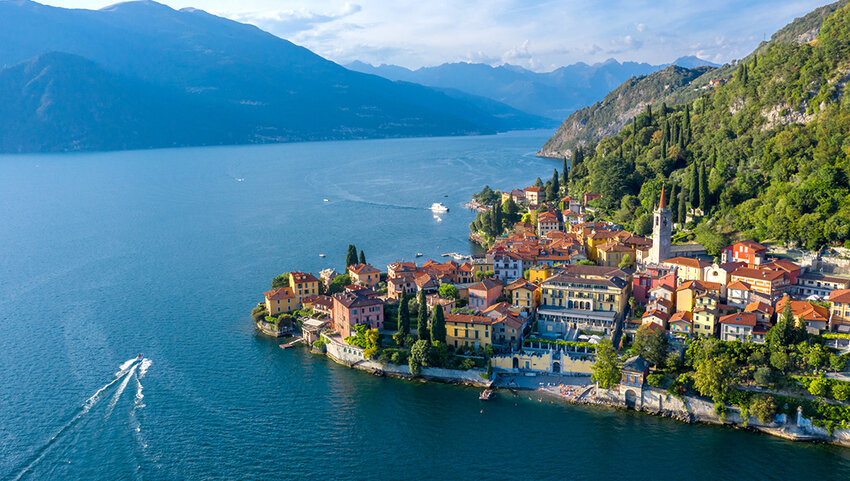
While actor George Clooney may be Lake Como’s most famous modern resident, the lake’s unmitigated beauty has attracted wealthy and influential Europeans for centuries. Located in the Lombardy region of northern Italy, Lake Como was originally home to Celtic tribes who were driven out by Julius Caesar and the Romans.
Though Lake Como has an undeniably important economic and political history, it’s the lake’s scenery that’s paramount above all else. Throughout history, countless artists have found inspiration in these waters. Leonardo da Vinci painted at Lake Como, and writers such as William Wordsworth and Henry Longfellow wrote poetry dedicated to the wondrous natural landscape. Today, the lake features around 100 miles of shoreline and reaches depths up to 1,394 feet, making it among Europe’s deepest lakes. Backed by lush greenery, with the Italian Alps serving as an idyllic backdrop, it's the perfect spot for a boat ride from one side to the other. No experience at Lake Como is complete without staying at one of the many historic villas lining the shores, some of which were designed in a Mediterranean architectural style dating back to the 16th century.
Lake Lucerne, Switzerland
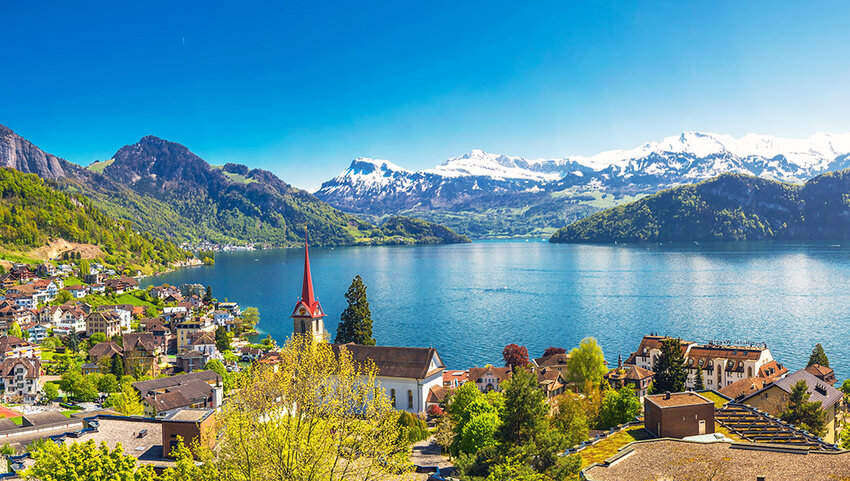
While Lake Lucerne isn’t Switzerland’s biggest lake, it’s perhaps the country’s most desirable one to visit. That’s due in no small part to its location, as the lake is nestled in a valley surrounded by the massive crags of the Swiss Alps, with some nearby peaks rising to heights over 1,400 feet. One such mountain is Mount Rigi, which offers a scenic lookout point with panoramic views of the entire glistening lake.
Those looking down from atop Mount Rigi may notice Lake Lucerne’s unusual shape. The lake’s waters are fed by several basins, which creates a complex and non-traditional outline, as well as many bays, including the cross-shaped Kreuztrichter bay located at the lake’s center. One of the best ways to experience Lake Lucerne is to fully immerse yourself in its beauty by taking a tour on one of several historic art deco boats that frequently patrol the waters. Once you’re done sailing the lake, it’s worth a quick stroll into the adjacent town of Lucerne, which features several beautiful historic buildings and quaint restaurants.
Lake Annecy, France
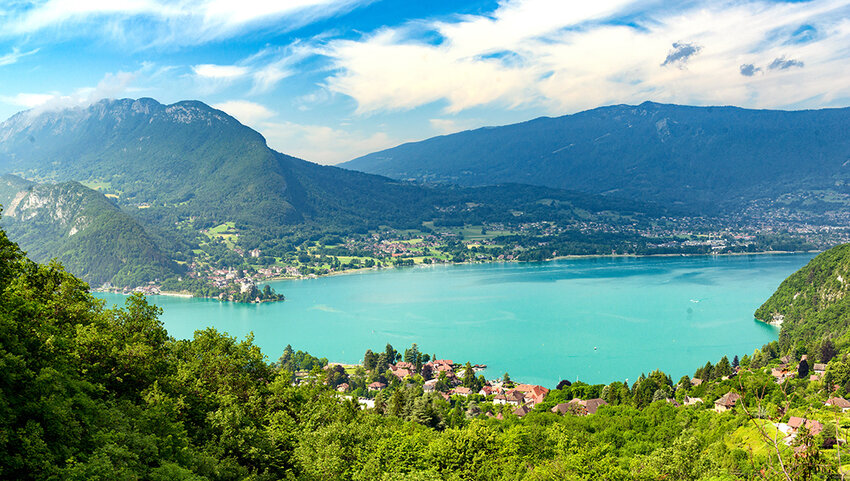
Some consider Lake Annecy — located in the southeastern region of France — to have the cleanest waters of any lake in Europe. Formed around 18,000 years ago by alpine glaciers, the lake is fed by pure water runoff from the nearby mountains. The purity of that water is maintained thanks to a series of strict environmental regulations that were established in the 1960s, ensuring that Lake Annecy maintains its “cleanest lake” status.
One of the lake’s most celebrated cultural events is the annual Fête du Lac. This celebration occurs every August, as a massive fireworks show lights up Lake Annecy for a full 70 minutes. But even the rest of the year, Lake Annecy is a must-visit location, especially if you’re into fishing. Fishermen have long called Lake Annecy’s shores home, and the lake is known to feature 1,200 fishermen out on their boats and 600 fishing from the shore at any given time.
Loch Duich, Scotland
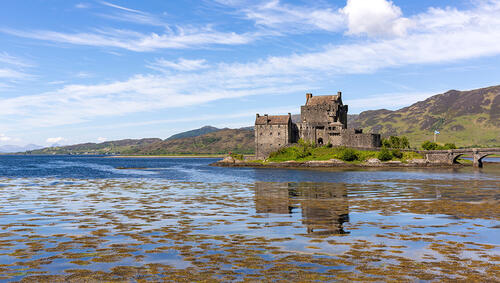
Loch Ness may be the most famous lake in Scotland thanks to its famous mythical resident, but few Scottish lakes are quite as stunning as Loch Duich. Located in western Scotland, the most recognizable landmark in Loch Duich is found atop the tiny island known as Eilean Donan. This small island — which sits at the confluence of Lochs Duich, Long, and Alsh — is highlighted by its Medieval castle. First built around the 13th century, this castle was successfully restored after centuries of neglect and reopened in 1932, welcoming visitors again at long last.
Loch Duich is a nature lover’s paradise as well. Animals such as porpoises, otters, and golden eagles are known to call the region home. This jewel of the Scottish Highlands is one of the most picturesque spots anywhere in Scotland, with the “Five Sisters of Kintail” mountain range serving as the perfect backdrop behind the lake.
Lake Bled, Slovenia
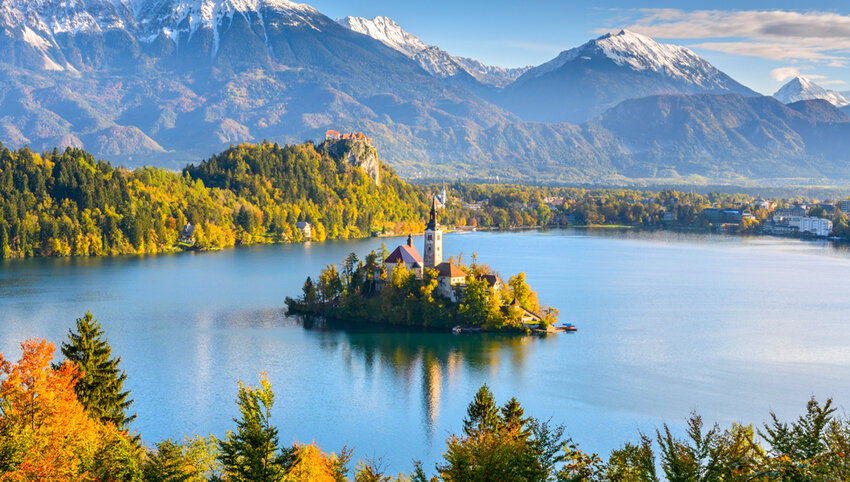
No trip to Lake Bled is complete without a visit to Bled Island, a tiny plot of land with a historic church located in the lake’s center. Accessible by either rowboat or a Slovenian-style gondola known as a Pletna, this church is home to the wishing bell. According to local lore, the bell is said to grant the wishes of anyone who rings it, so don’t miss your chance to have your dreams come true while at this heavenly lake.
The lake itself has played a key role in Slovenia’s rich rowing history, and its crystal clear waters have even served as the location for the World Rowing Championships on four separate occasions. You don’t have to be a professional rower to grab an oar and head out on the water yourself, as this lake near the Slovenian capital of Ljubljana is best experienced by boat. Visitors can also traverse up to the overlook at historic Bled Castle, which sits on a mountain high above the lake and provides picturesque views.
Plitvice Lakes, Croatia
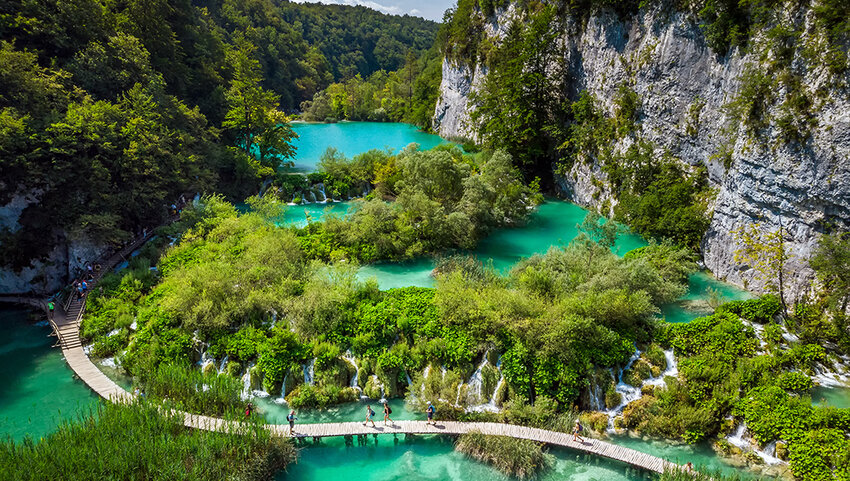
Plitvice Lakes National Park is a UNESCO World Heritage Site and Croatia’s largest national park, covering nearly 75,000 acres. These lakes have long served as a point of Croatian pride, and were established as the country’s first national park back in 1949. The park is home to 16 interconnecting lakes, each of which offers visitors a different, compelling experience.
Some of the Plitvice Lakes are highlighted by their flowing waterfalls, whereas others feature deep cavernous expanses that descend deep into the limestone earth. Each of the lakes also has a unique coloration, as some are bluer or greener than others dependent on their mineral content. Plitvice Lakes National Park is home to an extensive series of boardwalks that visitors can stroll through while on park grounds, offering ease of access to these glistening bodies of water.

